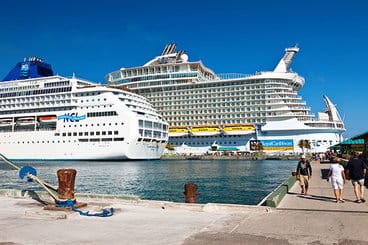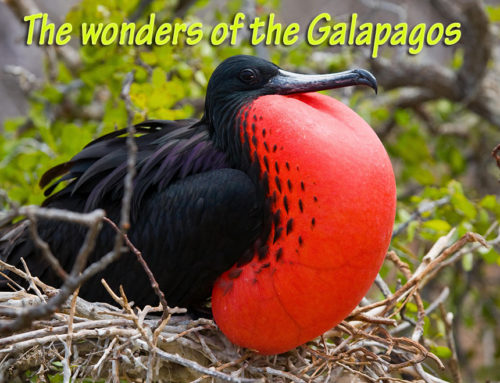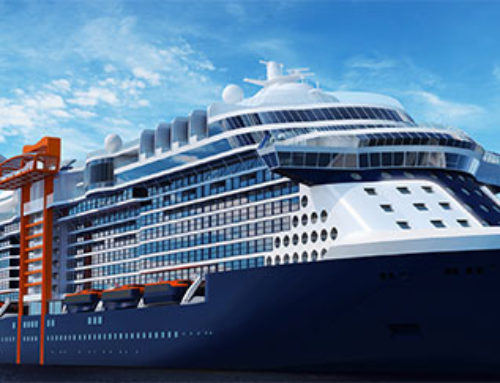 Gross Tonnage (GT) Is Not the Weight of a Ship
Gross Tonnage (GT) Is Not the Weight of a Ship
When you look at the statistics of various cruise ships, you’ll notice that cruise lines normally display their ship’s “Gross Tonnage” (GT), the year built, the number of crew, the number of passengers, and more.
What most people don’t know is that GT does not equate to the weight of the ship. Rather GT is a measurement of the ship’s internal volume of its enclosed spaces (above and below the water line), where 100 cubic feet of volume equals one ton.
Gross tonnage was initially used for cargo ships to determine the maximum amount of space for the storage of goods that could be stuffed inside a ship. While it doesn’t seem particularly relevant to cruise ships, it is also used to determine which rules and regulations apply to a ship, its crew staffing levels, safety rules, and port fees. Because of this, it is the standard that most commonly is used to define a ship.
For cruise ships, typically the larger the gross tonnage, the larger the ship is, the more passengers it can hold, and the more restaurants and entertainment facilities you’ll find onboard.
The Royal Caribbean “Symphony of the Seas” is the largest cruise ship with a gross tonnage of 228,081, 18 decks, and the capacity to carry 6,680 passengers. While the Pioneering Spirit, a crane vessel, has the largest gross tonnage at 403,342.
So now you know!
So how to choose the right vacation for you?
Vacations are an investment! With literally thousands of options, choosing the right vacation and the best value is difficult to sort through. That’s where I bring my 12 years of travel experience and expertise to do this right, and get you the best value for your money. With the backing of the largest travel consortium behind me, we have options you can’t find online. Plus our work just gets started once we book your dream vacation. Chat with us to learn more.
The world awaits you and we look forward to assisting you in choosing the exact right adventure on the waters or land for you and your companions!







